www.buildingsatrisk.org.uk/details/908010
A doocot is a structure full of pigeon holes for housing doves or pigeons, which were historically an important source of food. Early Scottish doocots were a beehive shape but a 'lectern' style with a mono-pitched roof became more common from the late 16th century. These structures continued to be built well into the 18th century (when the Lundin one is thought to date from), with some becoming quite decorative in style. The Lundin House Doocot is gothic in style - a style which can also be seen at Eglinton in Ayrshire (see below)
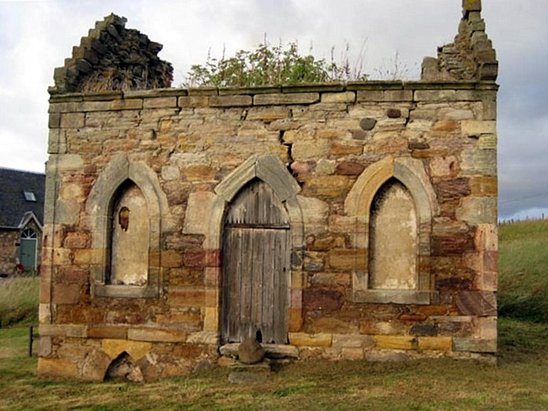

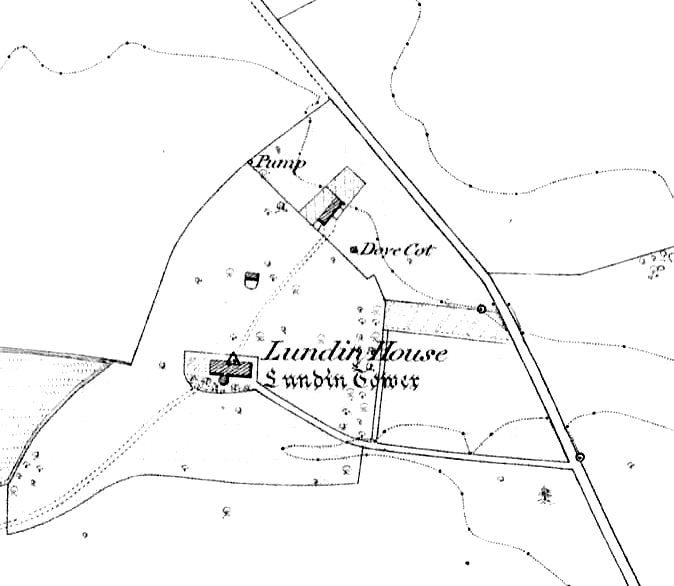


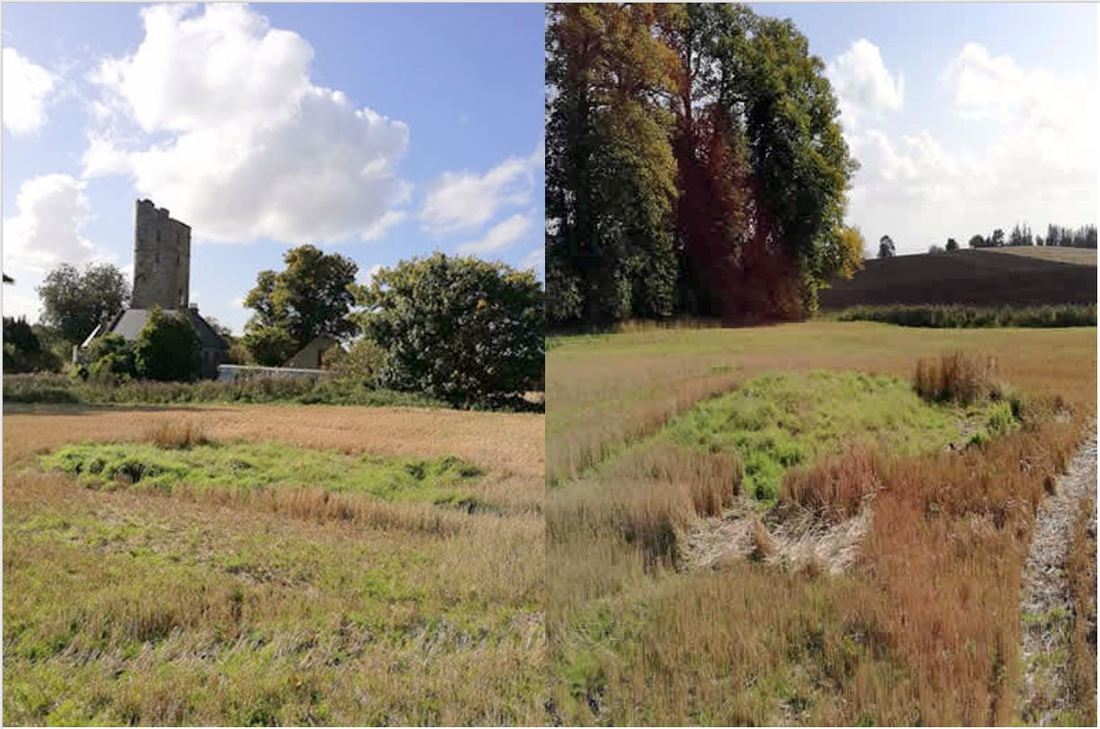
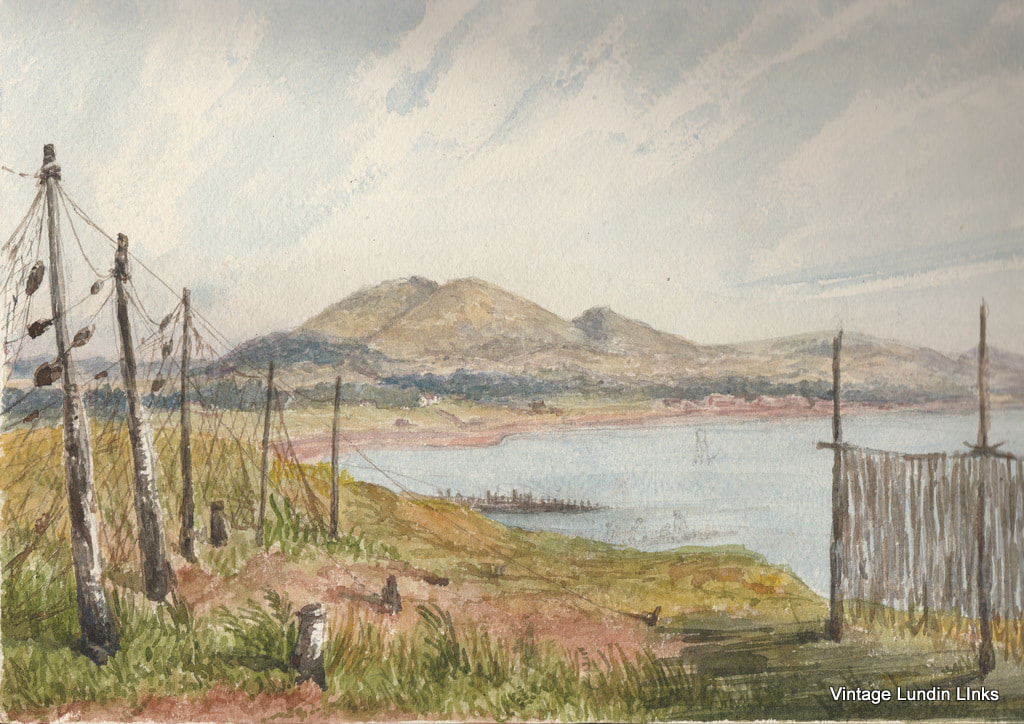

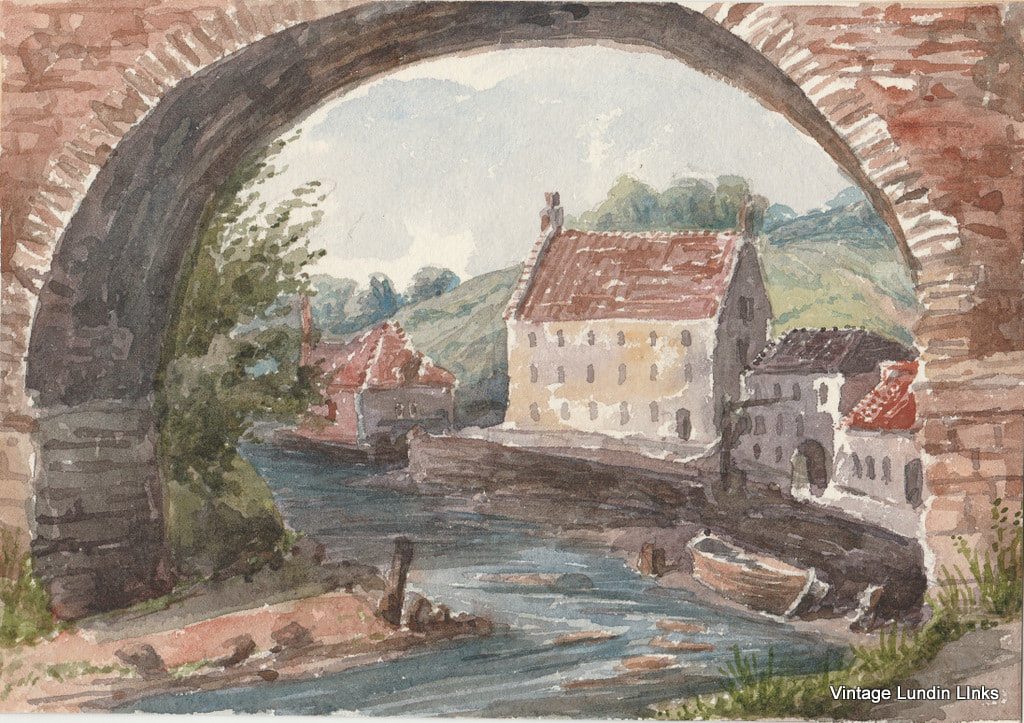
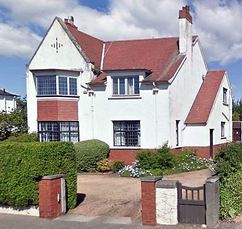
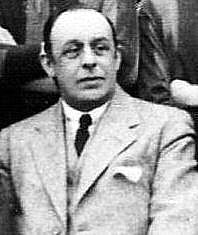
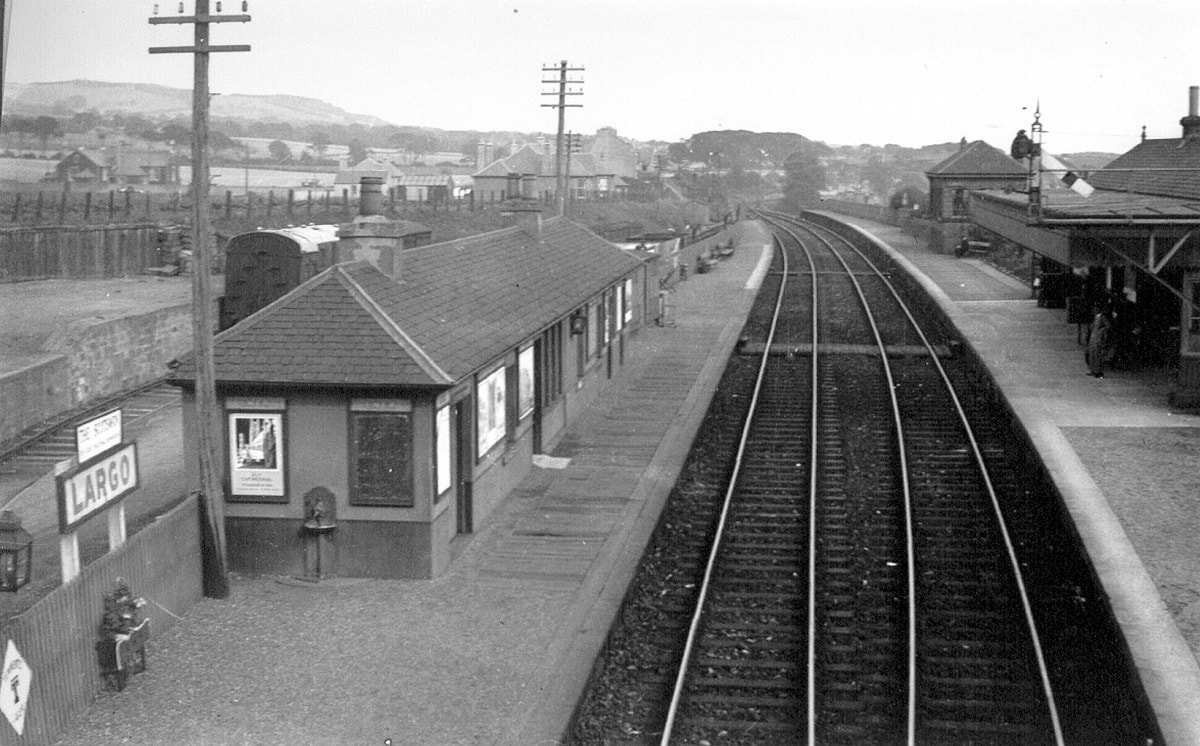
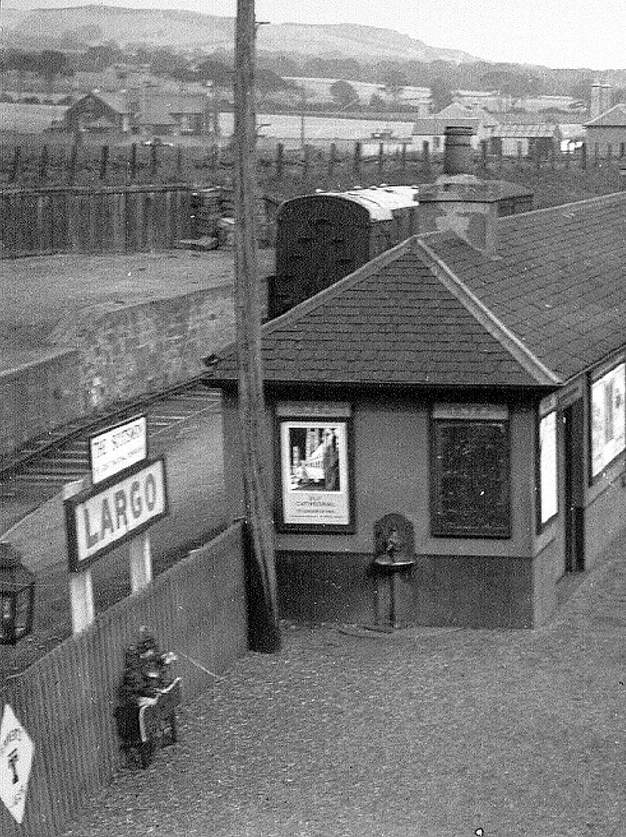

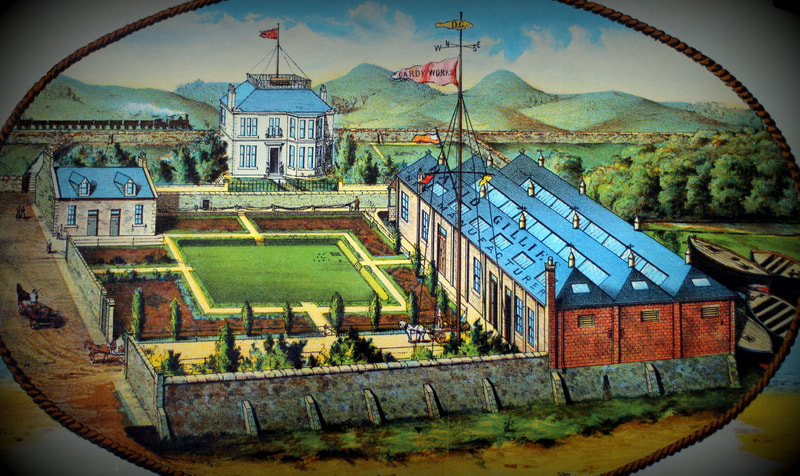
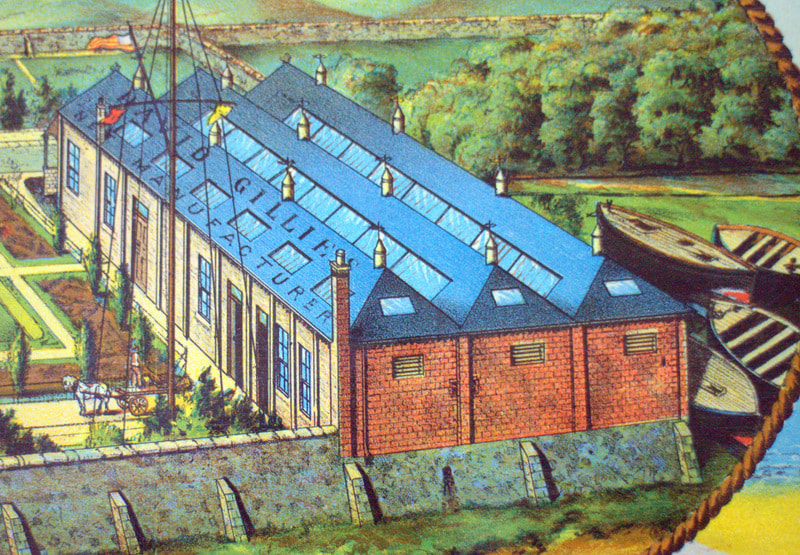
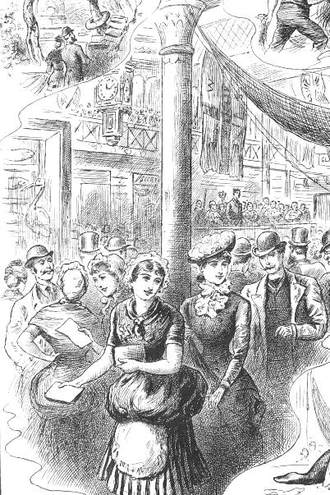
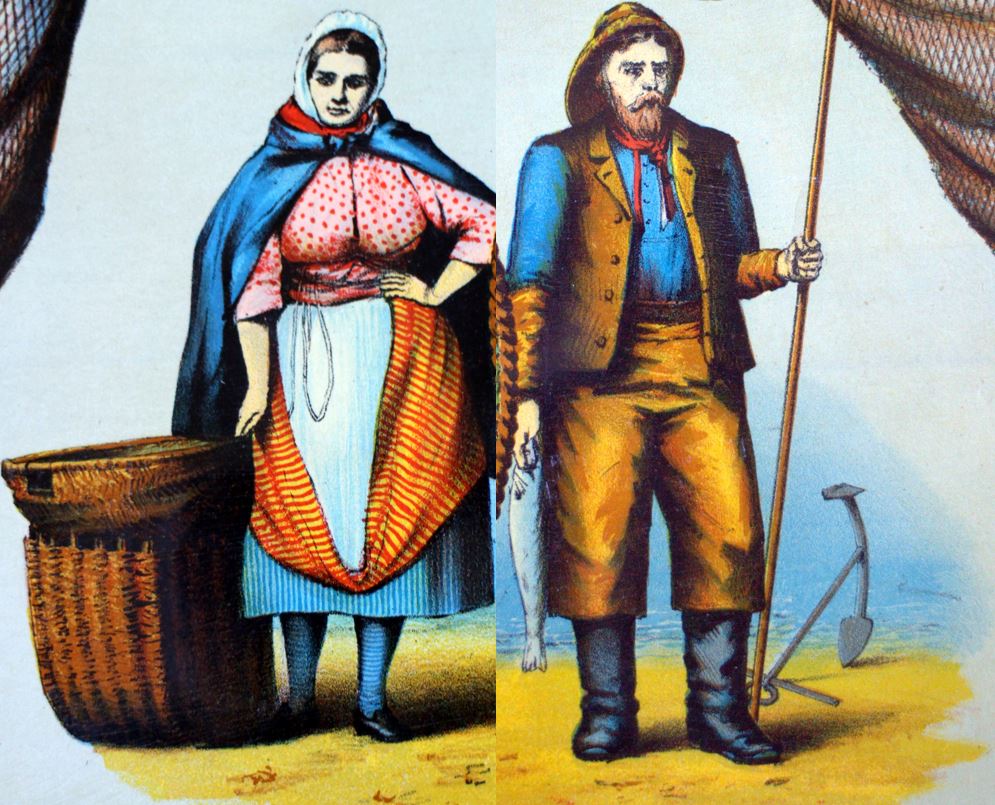
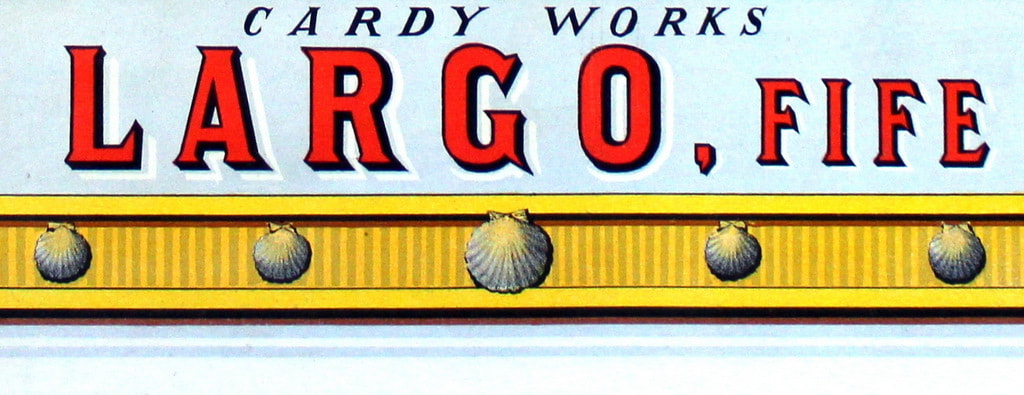
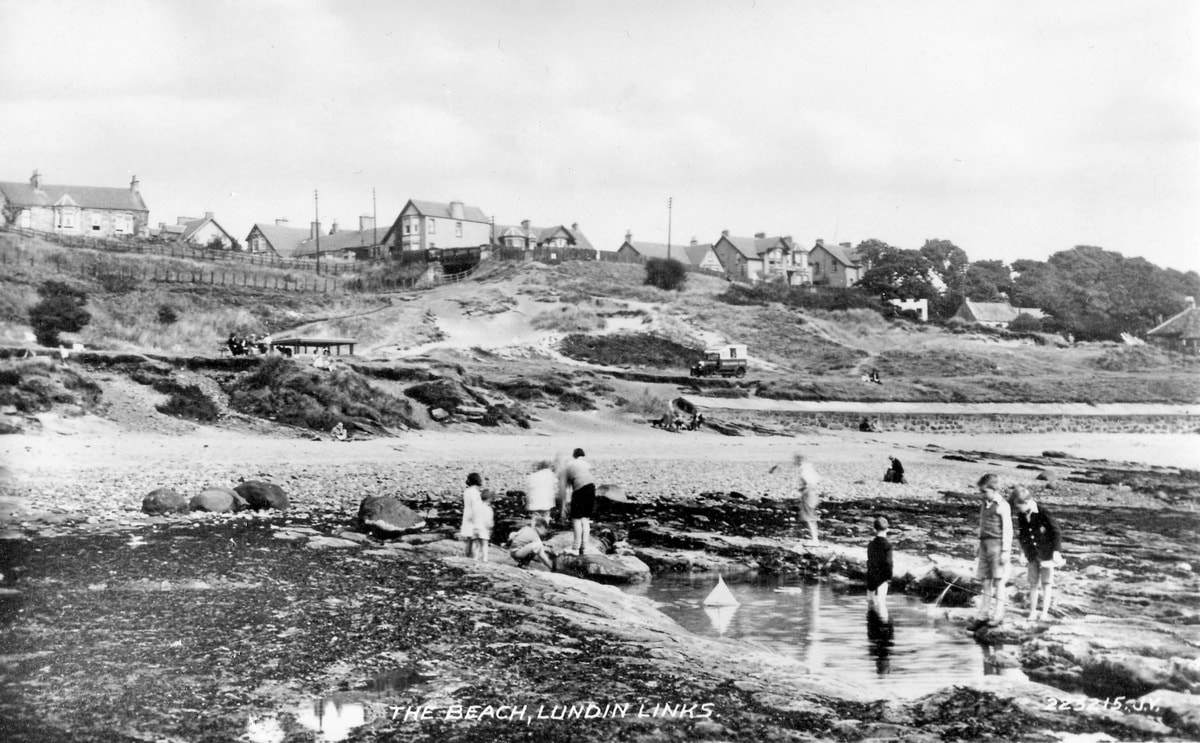
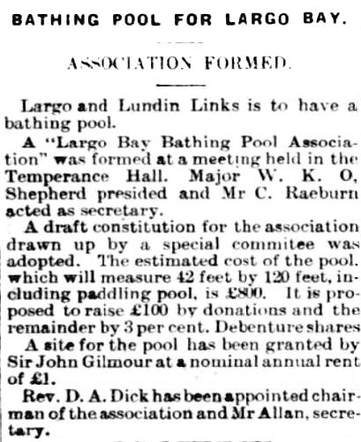
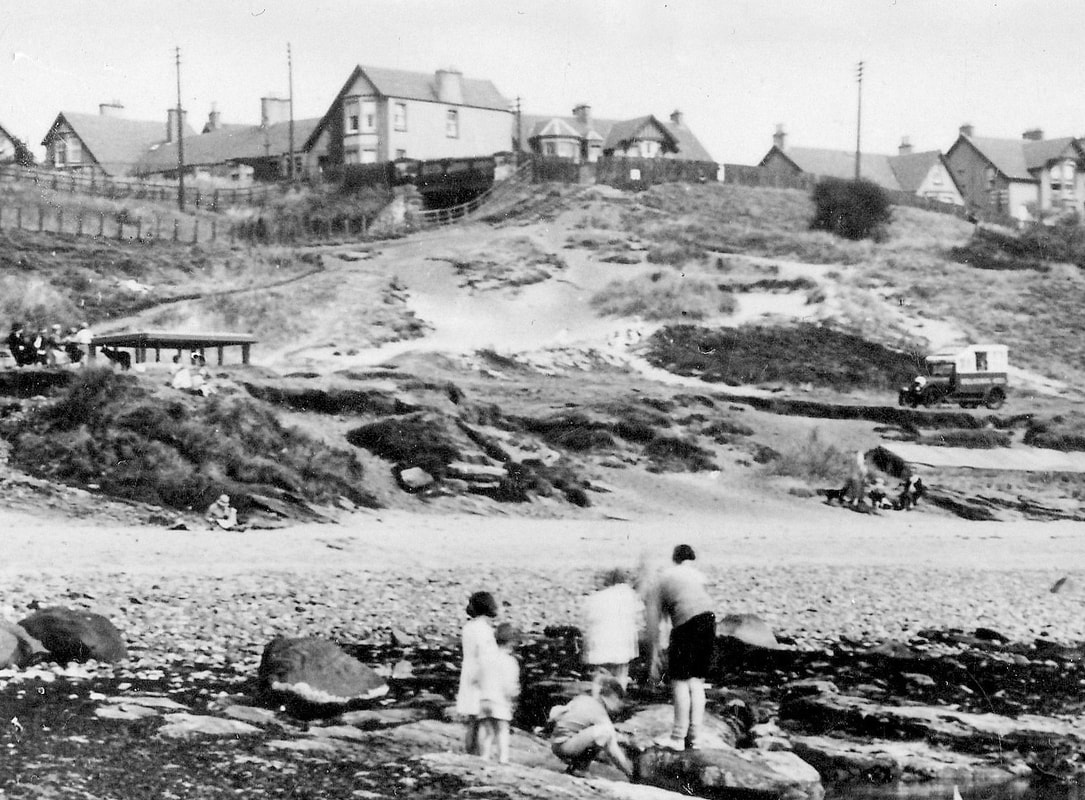
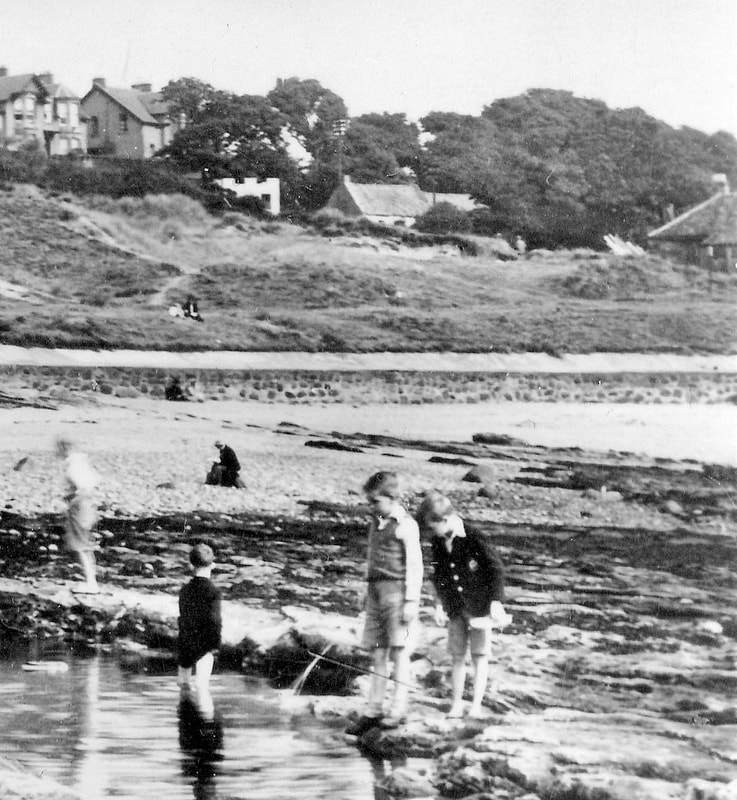
 RSS Feed
RSS Feed
